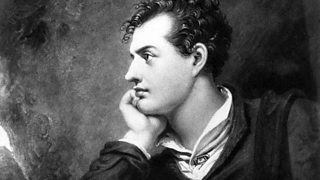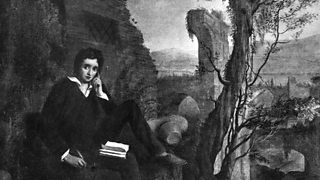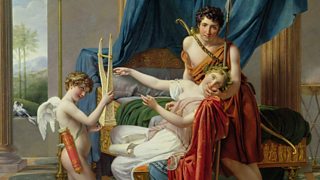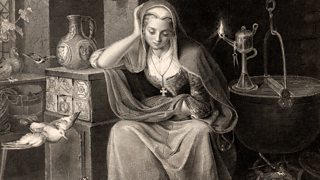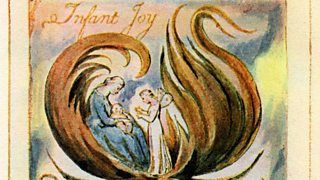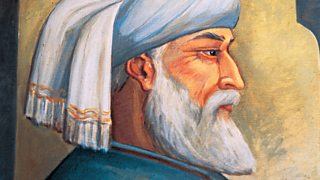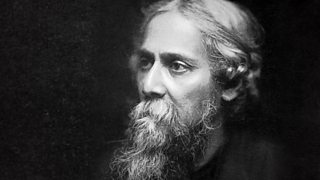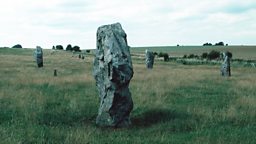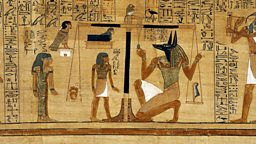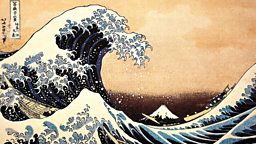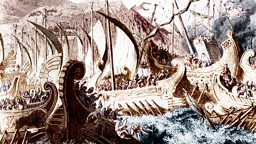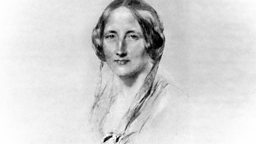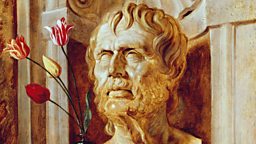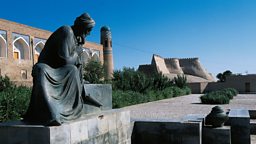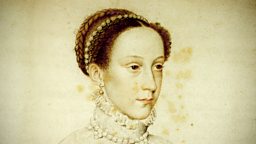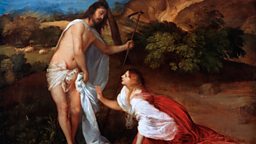What John Clare's poetry can teach us about nature
-
![]()
Helen shares what she learned from In Our Time.
looked in places where nobody else thought to look and he became the greatest labouring-class poet. Perhaps most importantly, he showed us a way of life that has been lost forever.
The first thing you’ll notice from Clare’s work – written in the 1800s and rich in Northamptonshire dialect – is how homogenised our language has become. The internet has trained us to think in memes and talk in slogans. Regional dialect has long been ridiculed.
Clare’s combination of local dialect and homemade words adds an element of surprise to his poetry, sparking and exciting the imagination, particularly for someone unfamiliar with it: his lyrics tingle with fresh new experiences.
“Clock-o’-clay” is a ladybird; “gulsh” the noise to describe the sound of a tree falling; the word “crumping” describes the sound a foot makes on fresh snow (a John Clare original); “prog” means to prod. I’m fairly sure I describe most things as “good” or “nice” or “bad” on a day-to-day basis – so narrowly describing the feelings and experiences life has to offer.
The programme served as a reminder to slow down and observe things closely. Clare’s vocabulary and verse are a reminder of what you can gain by paying attention to the minutiae of life.
He imagined being a ladybird in a cowslip bell and described in intimate, on-hands-and-knees detail the interior of a nightingale’s nest: the bird’s wings “tremble in her ecstasy”.
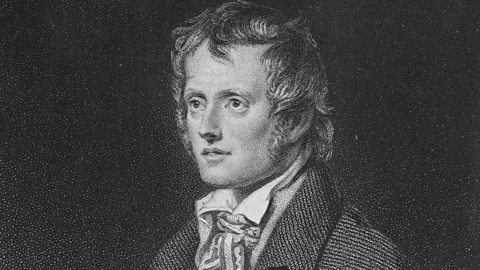
An analysis of John Clare and his poem Clock-O'-Clay
Simon Kövesi and Mina Gorji on the ecocentric and egocentric nature of Clare's poetry.
So intimate was Clare with every tree, bush, practically every blade of grass in and around his village of Helpston, that he was able to create work that nobody else could have – even if they’d wanted to.
Other poets such as John Keats would have overlooked the ragwort in a field, but Clare was watching and making notes. In fact, while he admired Keats, Clare thought that his contemporary was writing about nature to suit his imagination, rather than the other way round.
embodies the rustic, romantic vision of the labourer-poet: he wandered the countryside writing verses on his hat, learning songs from local gypsies, teaching himself to read music.
As tempting as it is for modern city-dwellers with our tedious dependence on technology, our NO2-corrupted lungs and crushing commuter ennui to imagine Clare's life was all apple-cheeked, healthy, peasanty joy – that would be wrong. What we would probably term “injustices” were part of everyday life: Clare’s twin sister died in infancy and left him with a lifetime's sense of loss; his parents worked hard to send him to school, but he dropped out at the age of 11 to work in the fields full-time.
Those “learn a new word every day” apps always strike me as depressing, but I could never quite pinpoint why. And now I know: it’s because they have no basis in any true knowledge or lived experience; but that is exactly what Clare’s work represents.
Clare was patronised when his first book of poetry was published in 1820. He was marketed as "John Clare, The Northamptonshire Peasant Poet", which puts him firmly in his place as a curiosity rather than a human being. People used to come up to his locale to peer into his house and watch him at work, hoping he’d be filthy poor and living in a disgusting hovel. Perhaps not so different to how he’d be classed today.
The cheerful rituals which marked out his patch of the world as special were fast disappearing. After the Enclosures – essentially the privatisation of common ground – former community meeting places were lost forever.
Clare spent the rest of his career reminiscing about a way of life that could never be recaptured.
mourned the death of the old ways of life, like an expatriate yearning for home.


